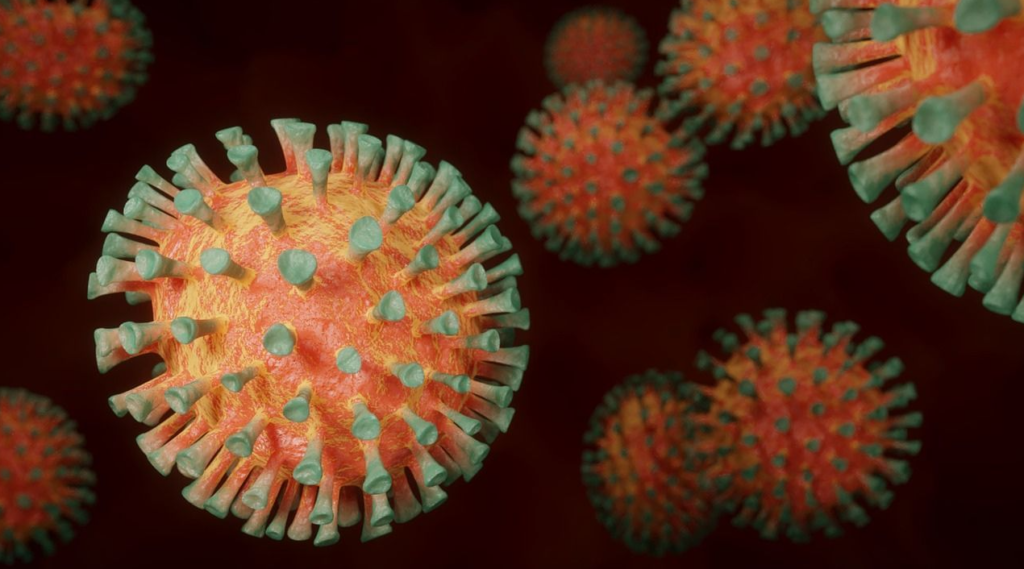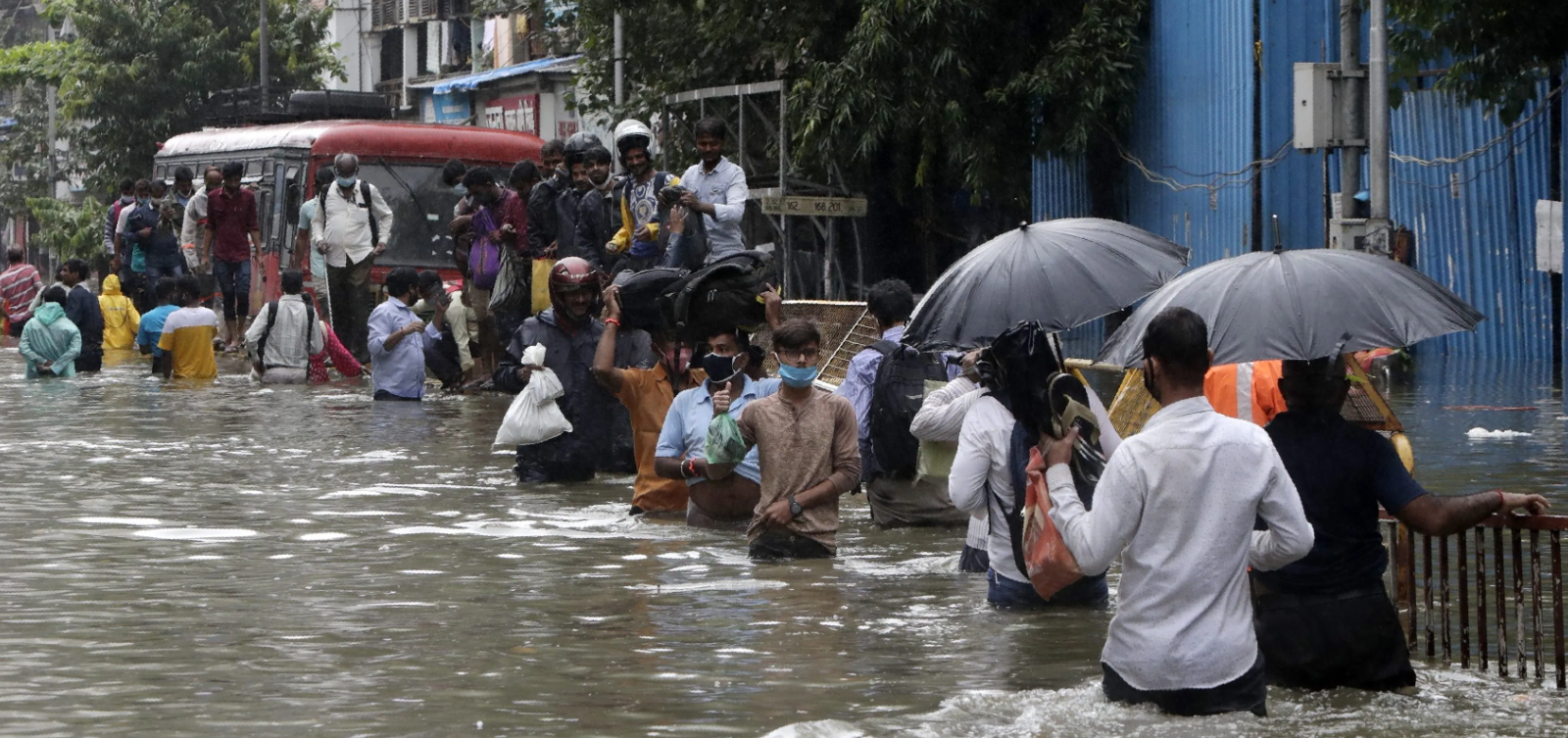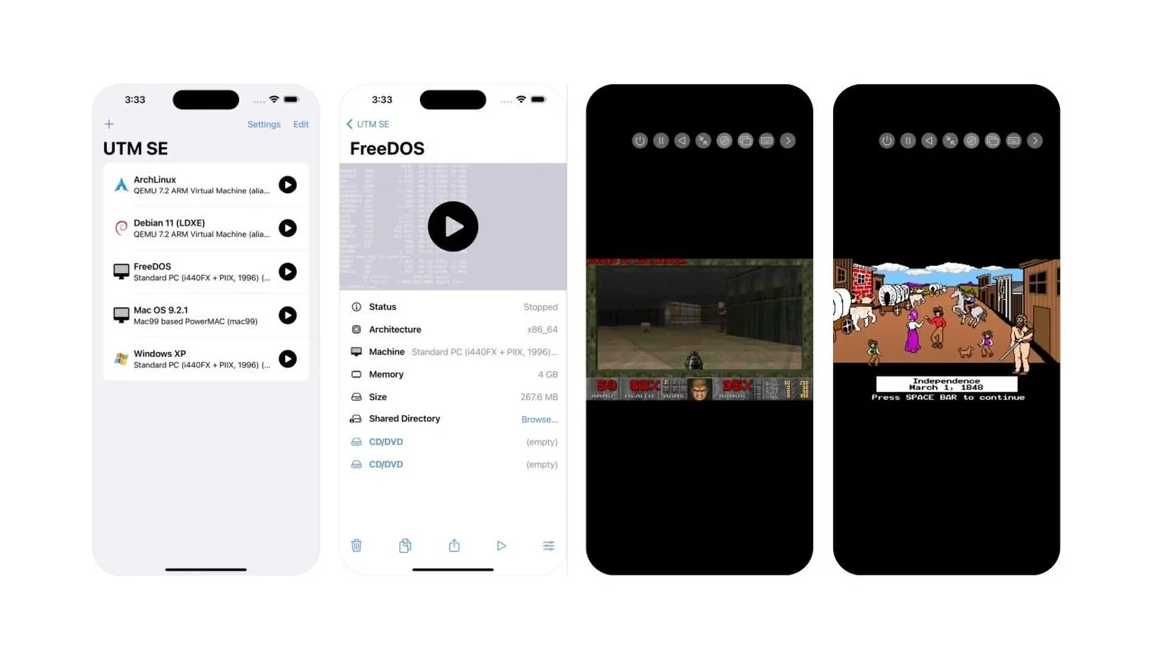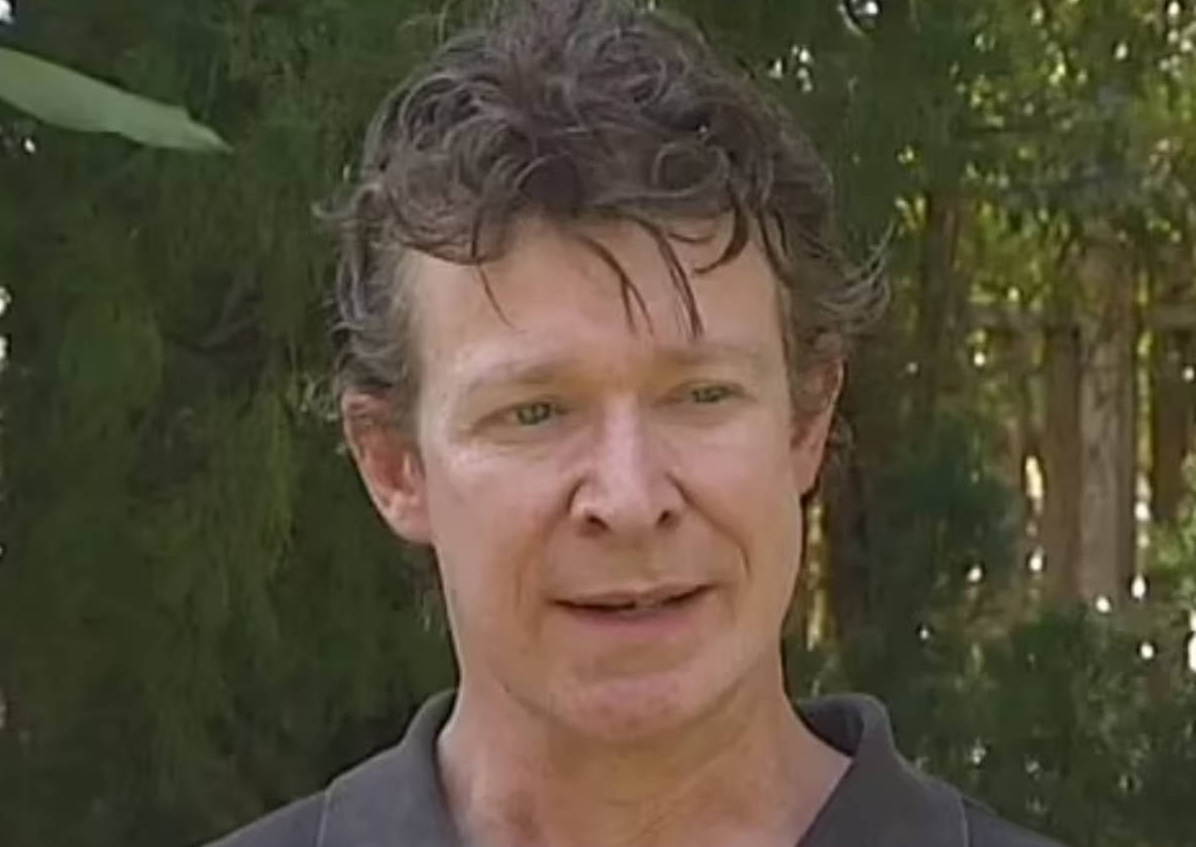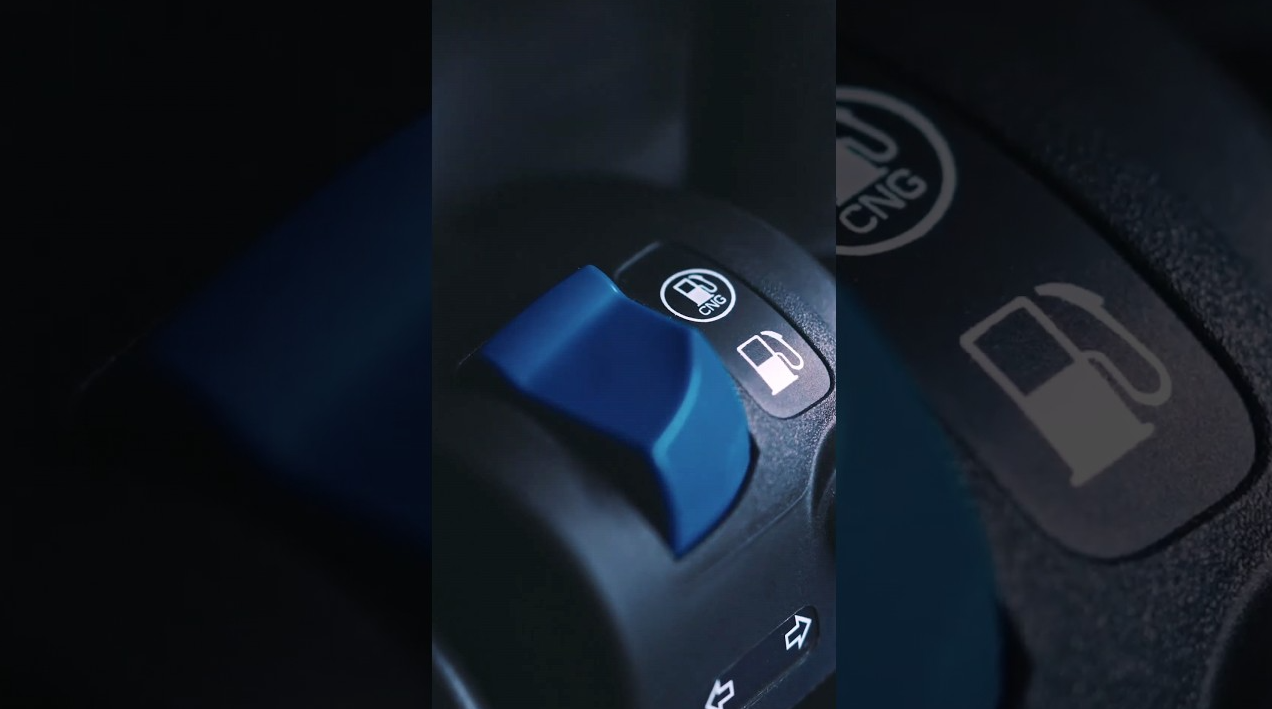The landscape of COVID-19 variants continues to evolve, and a new family known as the “FLiRT” variants has recently emerged, raising concerns about potential surges in cases. These variants are distant relatives of the Omicron variant and emerged from a lineage called JN.1, which was responsible for a notable surge in Covid-19 cases during the previous winter season.
What Are the FLiRT Variants?
- These variants are part of the Omicron family and have been dubbed “FLiRT” based on the technical names for their mutations. One of these mutations includes the letters “F” and “L,” while another includes the letters “R” and “T.”
- Within the FLiRT family, one variant in particular has risen to prominence: KP.2. This variant accounted for about 25% of new sequenced cases during the two weeks ending April 27, according to data from the U.S. Centers for Disease Control and Prevention (CDC)2.
- Other FLiRT variants, including KP.1.1, have not become as widespread in the U.S. yet.
Key Points of FLiRT Variants:
- Origin: They spun out from the JN.1 lineage, which caused a surge in cases at the start of the year.
- Mutations: These variants carry specific mutations identified by the letters F, L, R, and T in their genetic codes.
- Prominent Variant: KP.2 is the most prevalent FLiRT variant in the U.S.
- Monitoring: Health authorities are closely monitoring the spread of these variants to assess their impact on Covid-19 transmission and severity.
Where are they spreading?
- It has been detected in several countries, with the United States seeing a notable rise in cases.
- Their spread suggests the potential for increased transmission, although the severity of illness associated with these variants remains under investigation.
What are the concerns of FLiRT Variants?
- The emergence of new variants raises concerns about potential increases in cases, even among vaccinated individuals.
- While the severity of FLiRT variants is not yet fully understood, their ability to spread efficiently could lead to renewed public health challenges.
What should you do?
- While FLiRT variants are a cause for monitoring, the basic precautions remain crucial:
- Stay up-to-date with your vaccinations and boosters.
- Practice good hygiene, including frequent handwashing.
- Wear a mask in crowded indoor settings, especially if you are at high risk.
- Monitor for symptoms and get tested if you feel unwell.
What’s next?
- Scientists are closely studying these variants to understand their transmissibility, potential for immune evasion, and overall impact on public health.
- WHO has recently recommended basing future vaccine formulations on the JN.1 lineage, potentially offering broader protection against emerging variants.
While the full picture regarding FLiRT variants is still developing, staying informed and maintaining basic precautions remain essential in navigating this evolving pandemic.


